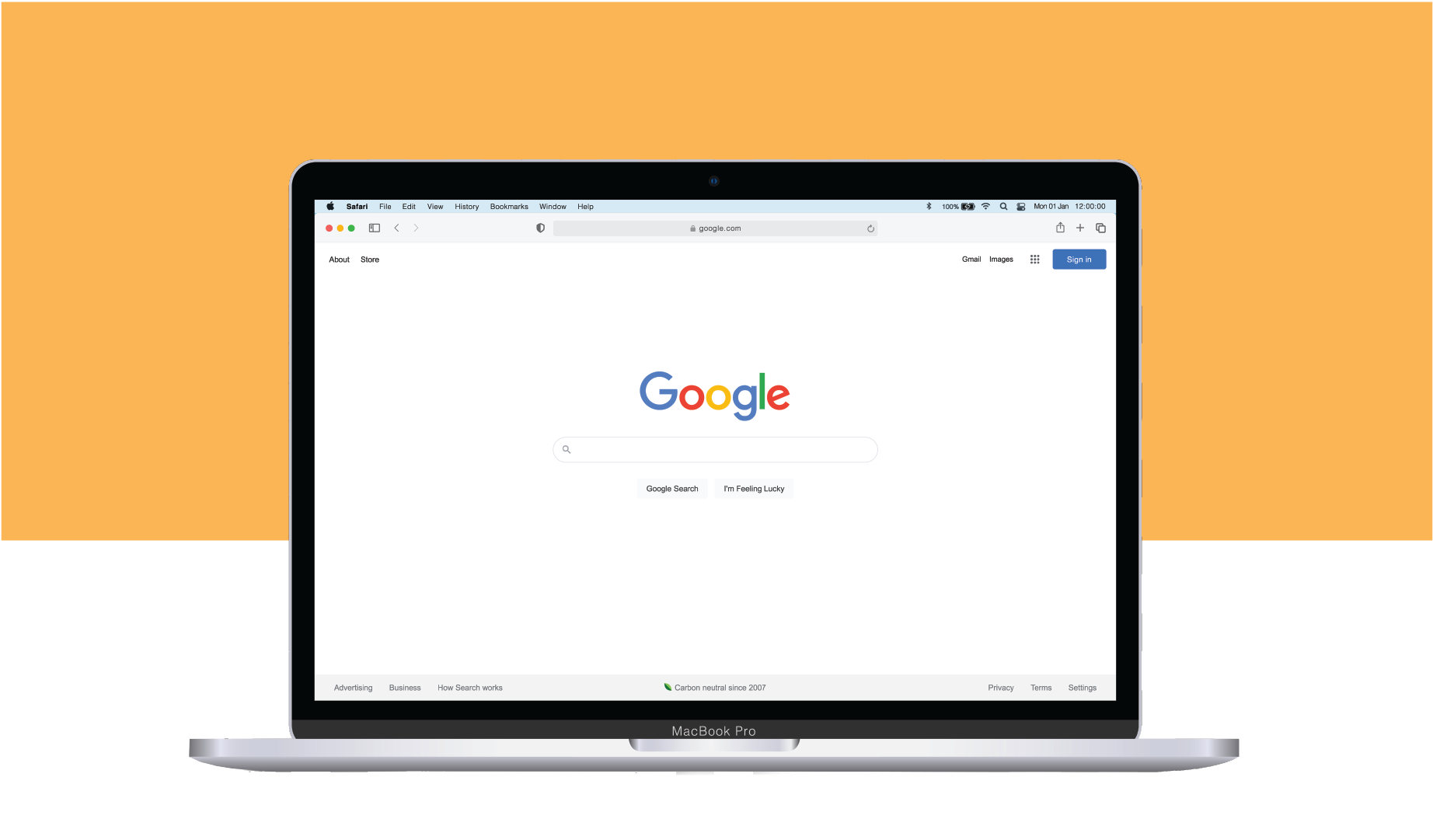Over the years, Google has consistently made shifts, updates, and improvements to its search algorithm to improve users’ experience. Sometimes these changes are small and simply need to be monitored, but sometimes they’re much larger. As of May this year, big changes are in the works that will require attention from brands to optimize their websites and Search Engine Optimization (SEO). The main focus: site experience.
The Ranking Shift
Traditionally, Google’s search algorithm used brand and keyword rankings to determine search results, enabling mainstream brands to float to the top. For example, if a user searches for “shoes”; they’re given results for Nike and Adidas. If they search for “credit cards”, they’re immediately met with VISA and AMEX’s websites. SEO experts have been optimizing their strategies for this brand and keyword recognition for competitive advantage for over 20 years.
But when Google announced that they’re planning to fundamentally change how these rankings happen, the focus shifted. SEO will now benefit websites over brands. What this shift changes? You can have the most recognized brand in the world, but if your site has a bad user experience, it will be deprioritized.
What Makes A Good User Experience?
Let’s dig into what makes a good user experience, and what you can do now to prepare for these updates.
Improve Site Load Times: How long it takes your site to load is the most important metric to look at when optimizing to this new algorithm. Many new and flashy websites can take upwards of 8 to 10 seconds to load, which will no longer measure up to humbler designs with faster loading times. Using techniques like lazy loading images, faster CDNs, minimized and compressed code, and website caching can improve your speeds tremendously. It’s no longer as simple as adding meta tags for Google to scan, you now need your page to have load times under 2.5 seconds if you want to show up before your competitors in search.
Optimize User Experience: One of the big things Google will be cracking down on is poor user experience (UX), or how well your site actually works for the user. Are there images that users try to click that go to nothing? Are there buttons that get covered or moved by dynamic content? Are there any areas on your site that are inaccessible or difficult to navigate? These issues need to be corrected as soon as possible to avoid getting left behind. One good technique is to heatmap your site, so you can see where users are clicking, where they scroll to, and how they navigate your website’s pages (services like Crazy Egg help with this). The longer it takes a user to get to the content they’re looking for (i.e. the more clicks they have to make), the lower you’ll rank on search results. By assessing the basic user experience of your site and optimizing, you’ll stay ahead with the changes moving forward.
Focus on Mobile View: Mobile responsiveness has been a part of Google’s algorithm for some time now, but it’s getting more priority moving forward. Every site needs to have a responsive mobile view, otherwise they’re not only missing out on more than half of the internet’s viewership, but on Google rankings, too.
Competitive Analysis: Don’t let these massive changes scare you. Everyone is in the same boat, and the best move is to constantly monitor your brand’s site vs. your competition. By constantly comparing site load times, input delays, and cumulative layout shifts (Google released a tool for this), we can all keep ahead of the competition and make sure we rank higher in SEO.
Don’t let these massive changes scare you. While they are asking a lot, they’ll be game changers for brands that are still growing in the market. By optimizing websites towards user experience instead of keyword and brand recognition, you can stay ahead and push your SEO even further than in previous algorithm updates.
If you’re unsure of what steps to take next, we’d be happy to let you know one-on-one exactly how we do that. At Spawn, we stay on top of all the latest SEO/SEM updates—and we’d be happy to do the same for you.





